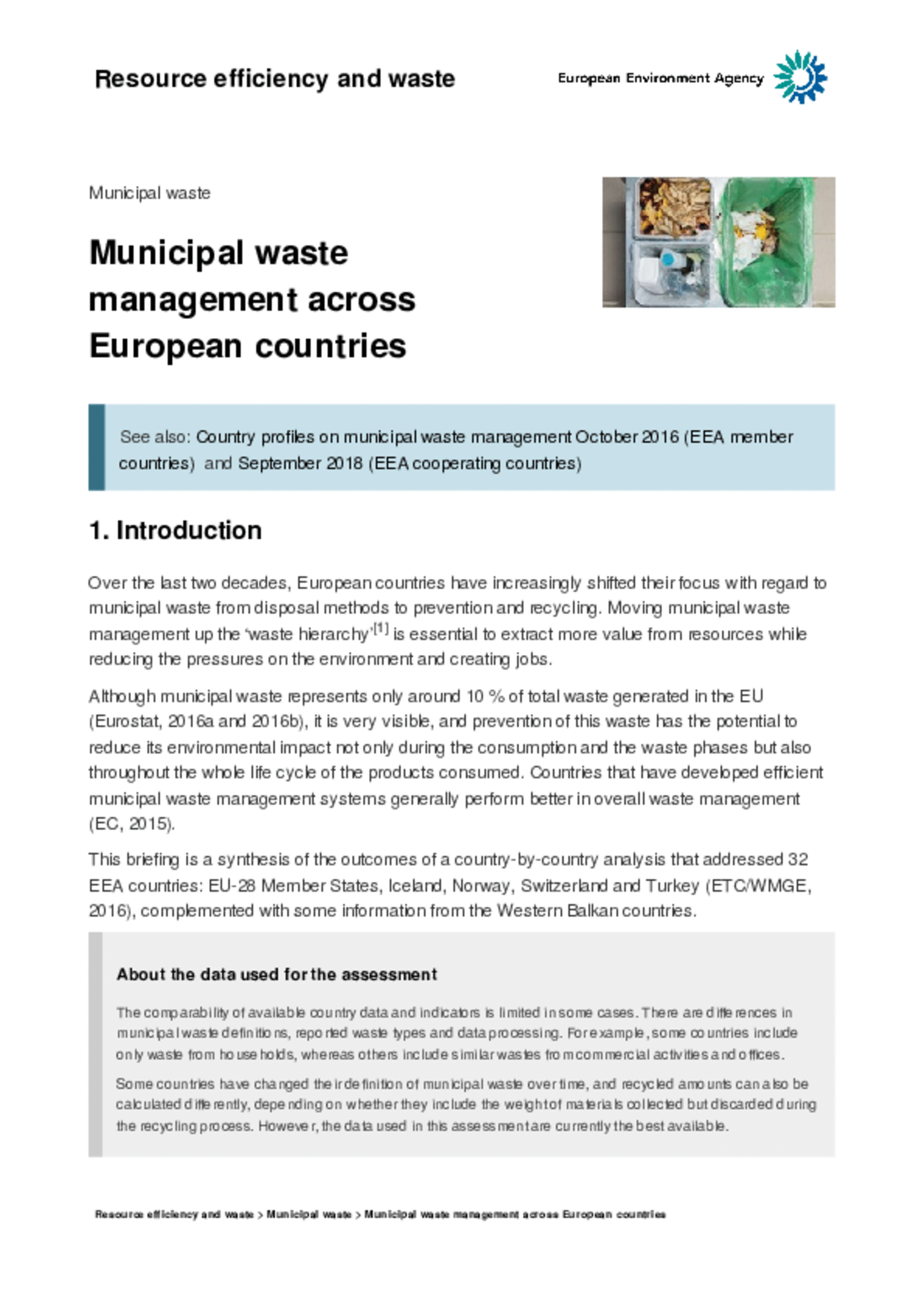All official European Union website addresses are in the europa.eu domain.
See all EU institutions and bodiesBriefing 3/2016
This briefing is a synthesis of the outcomes of a country-by-country analysis that addressed 32 EEA countries: EU-28 Member States, Iceland, Norway, Switzerland and Turkey (ETC/WMGE, 2016), complemented with some information from the Western Balkan countries.

